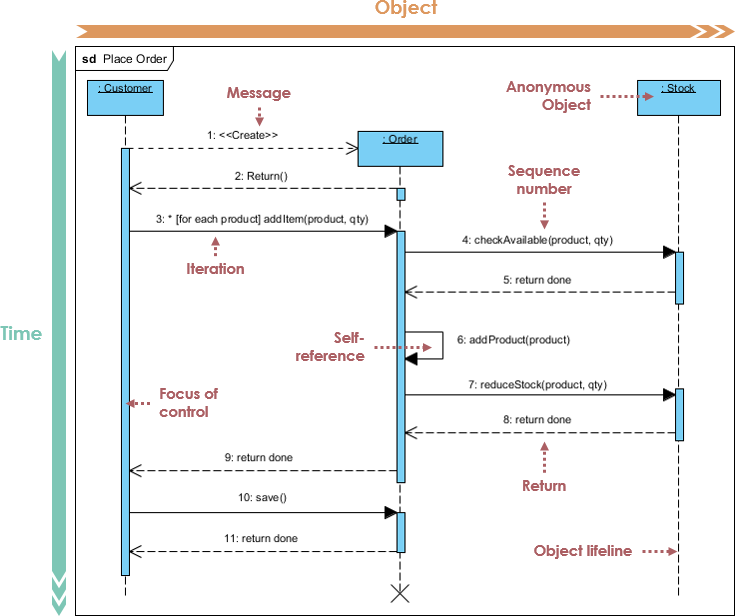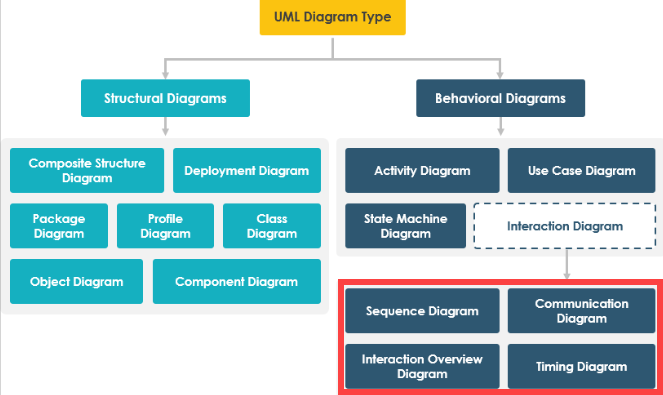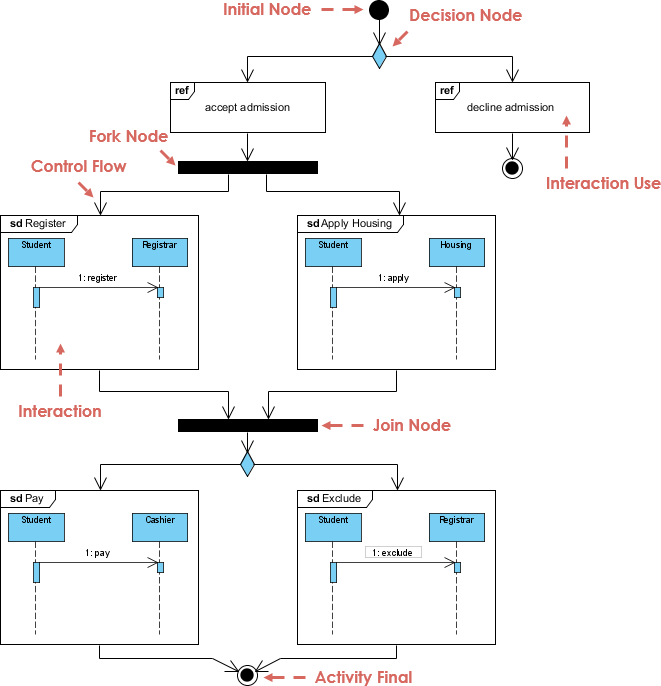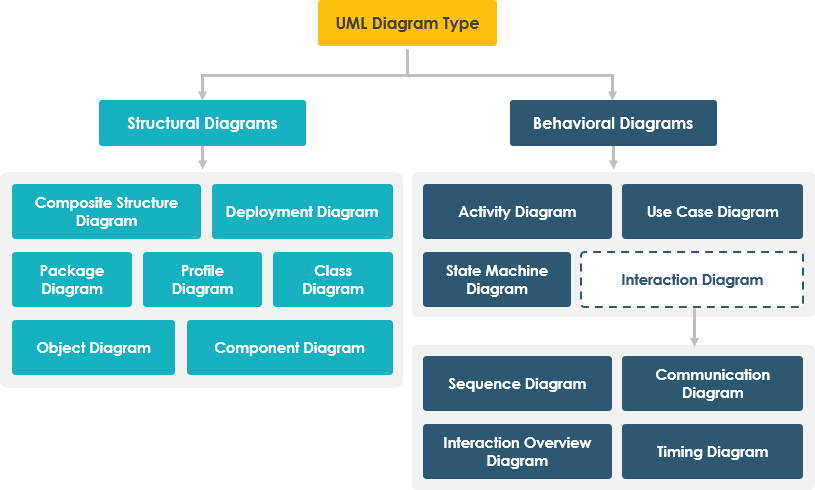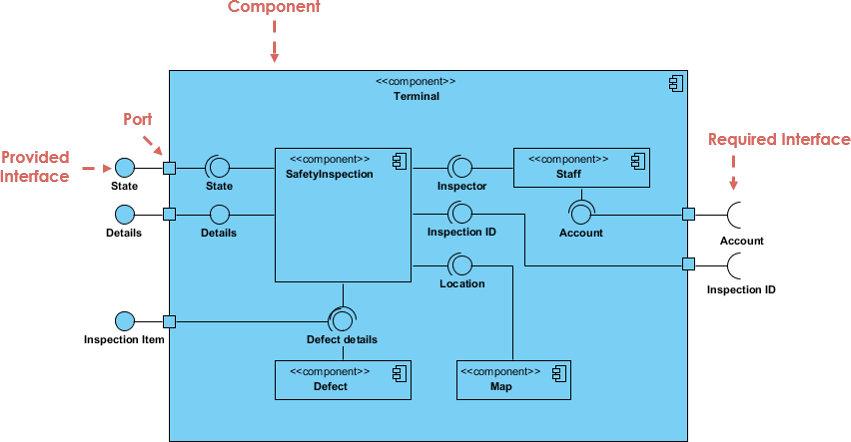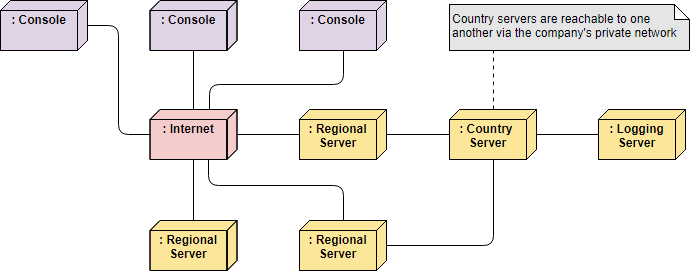Home » Visual Modeling » Page 3
UML (Unified Modeling Language) component diagrams are indeed a valuable tool in software engineering for modeling high-level software components and subsystems. They are especially useful in service-oriented architectures and component-based development projects. Here are some key points about UML component diagrams: Modeling Components: UML component diagrams allow you to represent the major software components or modules within a system. These components can be classes, libraries, packages, or even larger subsystems, depending on the granularity of the system you are modeling. Defining Interfaces: One of the primary purposes of component diagrams is to define…
continue reading →
Introduction In the realm of software development, effective communication and collaboration are paramount. Developers, designers, and stakeholders must work together seamlessly to create robust and efficient software systems. One of the most powerful tools for visualizing and documenting these interactions is the sequence diagram. In this article, we will delve into the world of sequence diagrams, exploring their purpose, components, and best practices for creating them. What is a Sequence Diagram? A sequence diagram is a graphical representation of the interactions between various objects or components within a software system over a specific…
continue reading →
Introduction In UML (Unified Modeling Language), interaction diagrams are a category of diagrams used to visualize and describe the dynamic aspects of a system or software application. These diagrams focus on illustrating how different objects or components within the system interact with each other over time. Interaction diagrams are particularly useful for modeling and understanding the flow of messages, actions, and events that occur during the execution of a use case or scenario. Interaction diagrams are essential tools in UML for capturing and communicating the dynamic behavior of a system. They help software…
continue reading →
Introduction In the realm of software engineering and system modeling, the Unified Modeling Language (UML) serves as a vital tool for visualizing, designing, and documenting complex systems. UML offers various diagram types to address different aspects of a system's structure and behavior. Among these, Interaction Overview Diagrams, Interaction Diagrams (Sequence and Communication Diagrams), and Activity Diagrams hold significant prominence. Each of these diagram types serves a distinct purpose and provides unique insights into system dynamics. In this comparative analysis, we will explore and contrast these UML diagrams, shedding light on their intended use,…
continue reading →
Introduction Interaction Overview Diagram is a behavioral diagram within the Unified Modeling Language (UML) that serves to illustrate the control flow among various interactions or interaction fragments within a system. Its primary function is to offer a bird's-eye view of how interactions interact and control flows within individual interactions or sequence diagrams are organized. Interaction Overview Diagrams prove invaluable when tackling intricate systems housing multiple interactions, assisting in their coordination and organization. Purpose and Role: The fundamental purpose of an Interaction Overview Diagram is to depict the control flow between diverse interactions and…
continue reading →
In UML, diagrams can be broadly categorized into two main categories: structure diagrams and behavior diagrams. Here's a brief description of each of the 14 types of diagrams and their categorization: Structure Diagrams (Static Modeling): Class Diagram (Structure): Represents the static structure of a system, including classes, attributes, and relationships. Object Diagram (Structure): Shows a snapshot of instances at a specific point in time, depicting objects and their relationships. Package Diagram (Structure): Organizes elements into packages, providing a high-level view of the system's organization. Component Diagram (Structure): Focuses on system components and their…
continue reading →
Component diagrams and deployment diagrams are two types of diagrams used in the Unified Modeling Language (UML) to model different aspects of a software system. They serve different purposes and focus on different aspects of system design and implementation. Component Diagram Purpose: Component diagrams are primarily used to represent the high-level structure of a software system in terms of its components and their relationships. They focus on the organization and modularization of the software system. Elements: Component diagrams include components, interfaces, connectors, and dependencies. Components: These represent the major building blocks or modules…
continue reading →
UML Deployment Diagrams: Modeling Distributed System Architecture A UML Deployment Diagram is a type of diagram in the Unified Modeling Language (UML) that is used to model the physical deployment of software components and their relationships in a system. It primarily focuses on representing the hardware and software nodes in a system and how software artifacts are allocated to those nodes. While deployment diagrams can be useful for modeling parts of a distributed system, they may have limitations when modeling a fully distributed system. Here are some key points to consider when using…
continue reading →
Using Radar Charts for Capability-Based Planning Radar charts, also known as spider charts or star charts, can be useful for capability-based planning in The Open Group Architecture Framework (TOGAF). Capability-based planning involves identifying an organization's capabilities and determining how those capabilities can be improved to achieve the organization's goals. Radar charts can help with this process by visually representing an organization's capabilities and their current level of performance. The chart consists of a series of axes that represent different capability areas, such as technology, people, processes, and information. Each axis is divided into…
continue reading →
What is a State Diagram State chart diagrams, also known as state machine diagrams, are a popular visual modeling tool used in software engineering to represent the behavior of complex systems. A state chart diagram describes the various states that a system can be in and the events or conditions that cause transitions between states. It is a powerful modeling tool that can be used in a variety of applications, including software development, control engineering, and business process modeling. In this comprehensive guide, we will explore the key concepts and elements of state…
continue reading →


